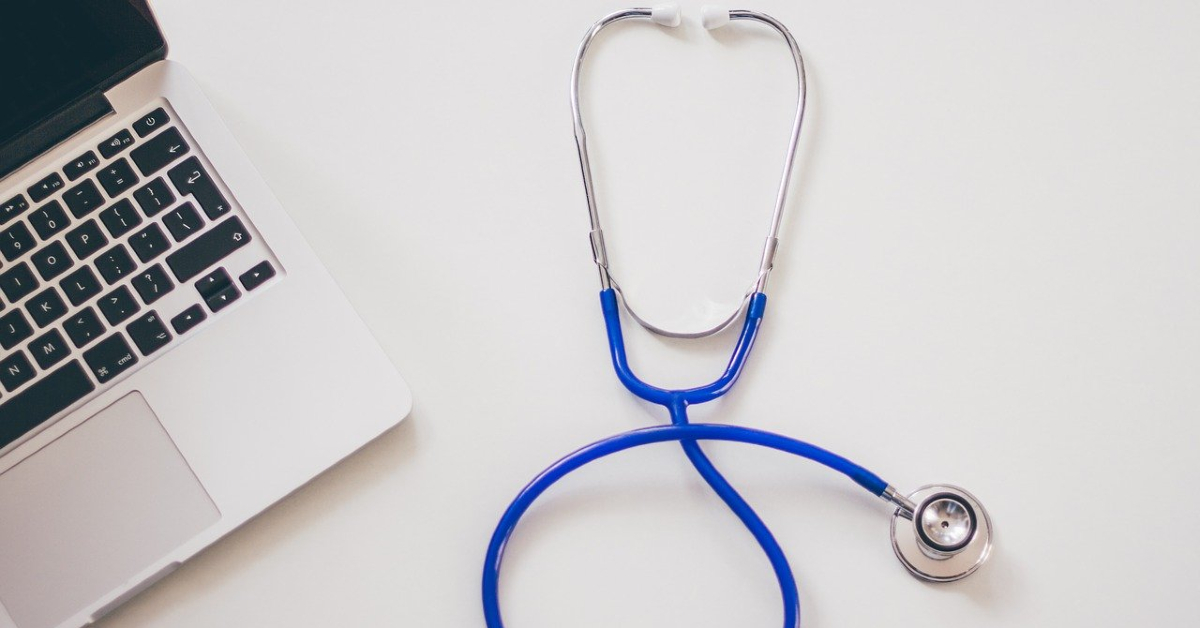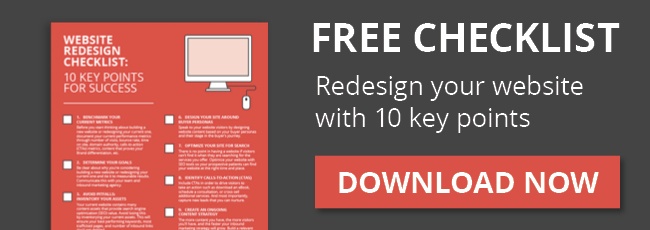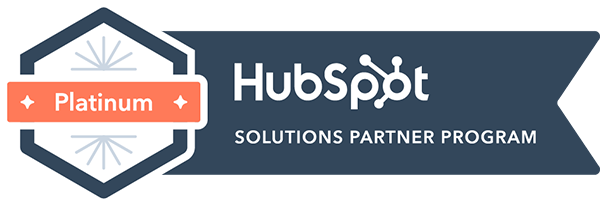 One of the most frustrating points of a patient’s interaction with their healthcare provider is the dreaded phone call. Whether they’re calling in to schedule an appointment or ask about symptoms, this can be a very time-consuming and meandering process. For some patients, this initial step is what keeps them from calling and booking an appointment to begin with.
One of the most frustrating points of a patient’s interaction with their healthcare provider is the dreaded phone call. Whether they’re calling in to schedule an appointment or ask about symptoms, this can be a very time-consuming and meandering process. For some patients, this initial step is what keeps them from calling and booking an appointment to begin with.
The good news is that there are so many ways to improve the patient experience when it comes to communicating with your office. Even better? It can be an equally welcome upgrade for medical professionals, too.
Here are some of the ways you can bring your communication channels up to speed:
How automation improves the patient experience
When a patient calls your office, it could be for many reasons: they want to see a provider, pay a bill, inquire about their appointment time or talk to a nurse, to name a few. The problem is all of these patients with very different needs start in the same place, and it can take a long time to direct them where they need to go.
They might also need the assistance of multiple people to get them to the person who can answer their question. This takes time for everyone involved, and in 2021, it doesn’t need to.
Incorporating automated systems like texting, live chat and email accessibility can cut down on the time and coordination it takes to help each patient.
Automation tools that improve the patient experience
Opening up the lines of communication with options that go beyond a phone call can dramatically improve patient experience. Here are some of the common options that healthcare providers have adopted:
Online check-in services: The clipboard and pen are still widely used for patient check-ins, but many practices have moved to online check-in services that patients can do from the comfort of their own laptop or smartphone. This cuts down on time patients need to spend in waiting rooms, allows office staff to focus on other administrative duties, and cuts down on clerical errors from inputting information.
Text or email appointment reminders: Save your staff the time of calling and confirming upcoming appointments with patients. Automated appointment reminders can be sent via text or email, and even allow patients to confirm whether or not they can still make their appointment. Sending reminders right to a patient’s phone also cuts down on no-shows and forgotten appointments.
Online scheduling: Many of the phone calls that come in to a provider’s office on a daily basis are scheduling calls. A technological solution can dramatically cut down on the time that both patients and office staff have to spend on setting up appointments. Patients can access an online scheduler 24/7 instead of just calling in only during office hours, and staff members get that time back to help patients who need to speak to them.
Homepage live chats: Of the calls your office receives every day, most of them are going to be repetitive. A homepage live chat can quickly respond to frequently asked questions, freeing up staff time to speak to the patients who require person-to-person assistance. These chats can be operated with a chatbot, which can instantly answer questions like when your office is open and where to book an appointment. Or, staff members can be on the other end of the chat, ready to assist with more complicated requests. Either way, a live chat widget can cut down on phone call volume and guide patients quickly to where they need to go.
If the lines of communication in your office are often backlogged and overwhelmed, automated solutions can make all the difference without needing to hire additional personnel. It’s a win-win for patients and providers alike, and can ease the massive workload that healthcare professionals shoulder every day.




